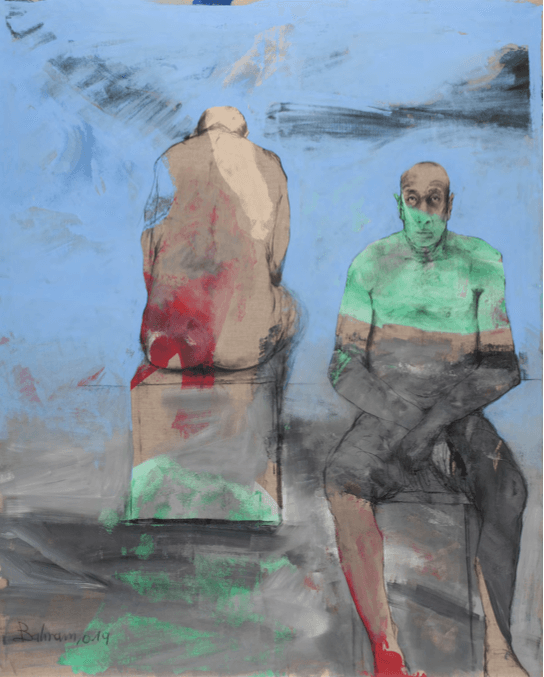Bahram Hajou
Opening / 18.02. / 18.00-21.00
Exhibition / 18.02. - 26.03.
Benjamin Eck Projects
Müllerstraße 46a / München
Google MapsBAHRAM HAJOU – AN ARTIST LIKE A SEISMOGRAPH
Bahram Hajou's path to painting was winding. He was born in 1952 in Deruna in northern Syria. In the 1970s, Bahram Hajou went to Iraq to study civil engineering in Nauperdan and Sulemanie from 1972. A year later he moved to Baghdad to study art. Because of the war he fled from there via Prague to Berlin in 1974.
From 1976 he studied archeology in Münster, first at the University of Münster, then switched to the University of Education in order to study sports and art from 1977. In 1983 he finished his studies at the University of Education and graduated. After a brief interlude at the Gelsenkirchen comprehensive school in Ückendorf, he devoted himself entirely to the visual arts from the early 1990s.
He studied at the renowned Düsseldorf Art Academy, in the department in Münster, Westphalia. After graduating, he became a master student of Prof. Norbert Tadeusz. Bahram Hajou had his first own exhibition in 1983 in the museum in Bochum.
Bahram Hajou has long been an internationally recognized artist, and his paintings are in demand. He lives and works in Munster.
In addition, he has worked in New York and Paris.
He has a large and light-flooded studio on the Hawerkamp cultural site in Münster, where more than 40 artists work. The small and wiry man can be found there every day. As a trademark, he wears a classic fedora hat made of brown felt in both summer and winter. He rarely puts him down, even in the studio he always stays on his head. He attracts attention and is easy to spot in a group of people.
His paintings are celebrated internationally. In 2014 he was awarded the Henry Matisse Prize by the Château Musée Grimaldi in France. Almost overnight he became a star in the French media and even the major daily newspaper Le Monde dedicated a full-page report to him.
Bahram Hajou is considered one of the great figurative painters of our time. And there is hardly an artist from the Münsterland who has so many international contacts and whose paintings are exhibited in so many countries.
Hajou sees itself as a citizen of the world. He is in France as in Jordan, in Bahrain
or Lebanon at home. He exhibits in Poland, Hungary and the USA. The language of his paintings can be understood all over the world and in all cultures. Many of his paintings trigger dismay, especially where Hajou deals with forms of submission and violence as well as the relationship between man and woman.
The artist quite obviously traces his own experiences in his relationship pictures. The couples and groups shown in his paintings appear as if they are in the midst of a psychotherapeutic family constellation. The psychological dimension of his paintings is the result of a relentless self-analysis. Postures and positions bear witness to the inability to speak and to love. You can feel the effort of the actors to communicate. One gives the other the cold shoulder, bows down, devastated or overwhelmed, sinking into loneliness and melancholy.
The truth expressed in these works of art is unadorned and unvarnished. The expression immediately triggers a feeling. These pictures leave no one indifferent. Whenever a man appears in his paintings, he unmistakably bears his features
creator. As an artist, Bahram Hajou is like a seismograph that perceives tensions – regardless of whether they are private or political.
Since the mid-1980s, Bahram Hajou has had well over 90 exhibitions in Germany and abroad. His stations have included Dubai, Riyadh, Damascus, Kraków, London, Vienna, Budapest, Puebla (Mexico), Paris, London, Antwerp, Graz and New York.
His work is presented in many museums. Five large-format paintings have been hanging in the Qatar museum since 2012, with which he dealt with violence against women. They are political works that take a stand. The Emir's wife chose and bought these after an exhibition, as if she wanted to indirectly express her attitude towards the role of human rights in her own country.
In the summer of 2018 he spent several months in the USA on a work trip. More than 20 large-format works were created in his New York studio, marking a new creative period. Bahram Hajou continues his work in New York during the winter.
Dr Joerg Bockow
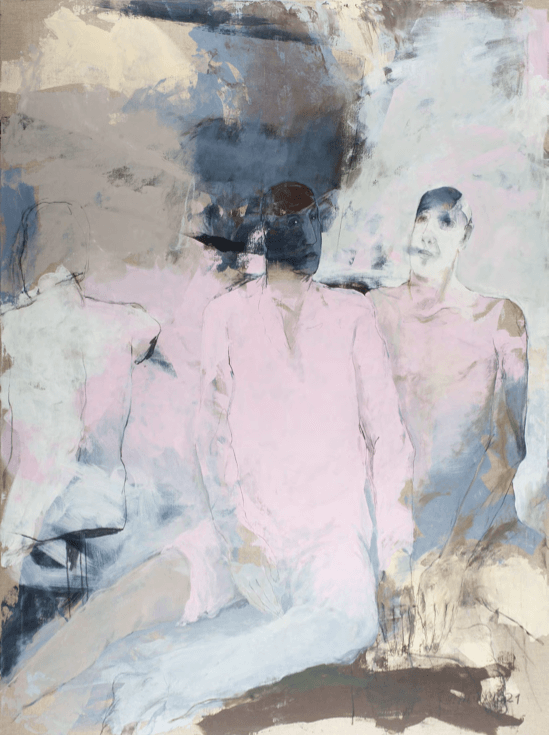
O.T
2021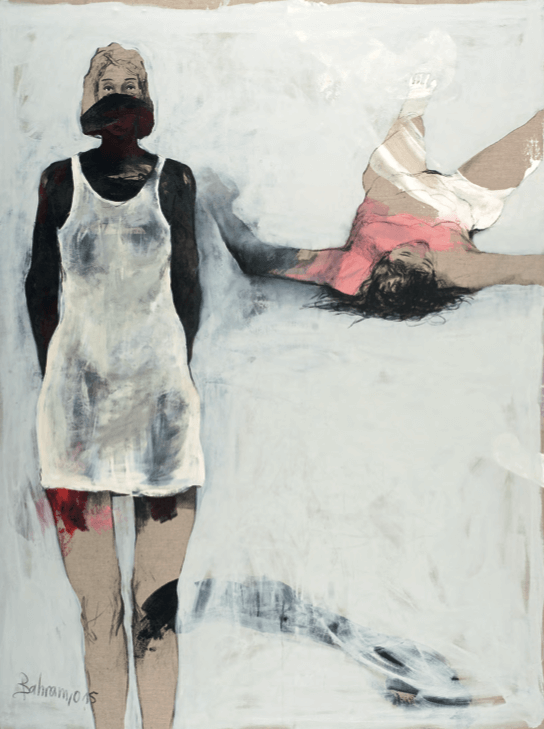
O.T
2015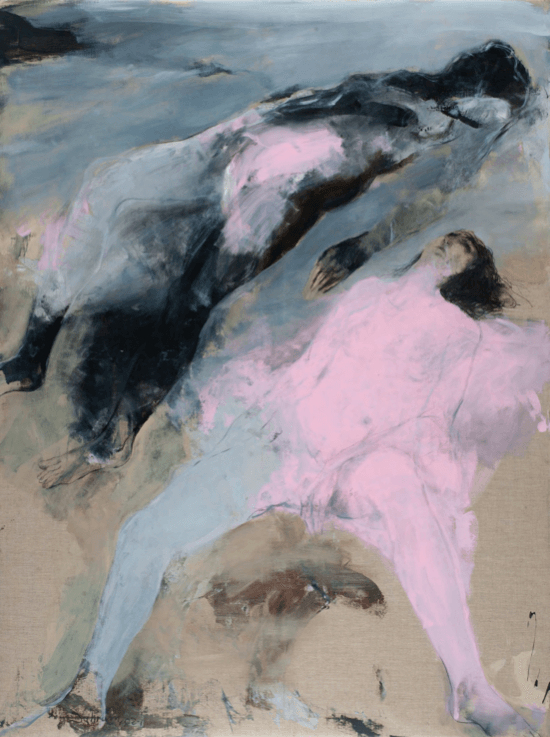
O.T
2021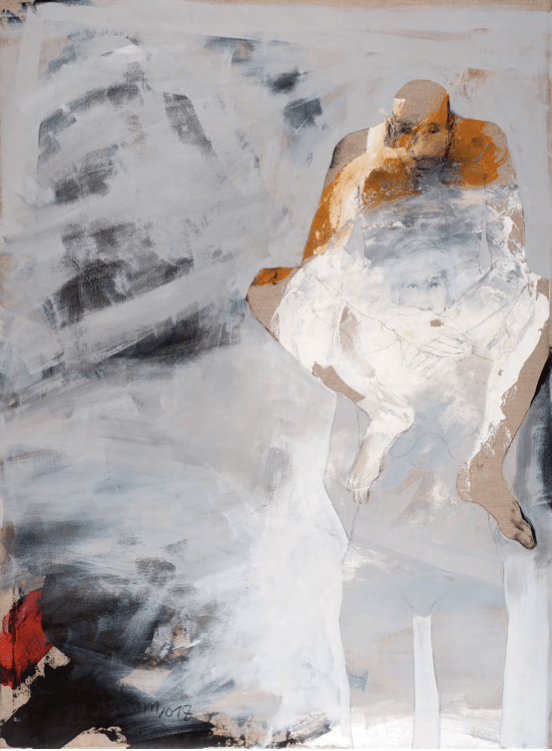
O.T
2018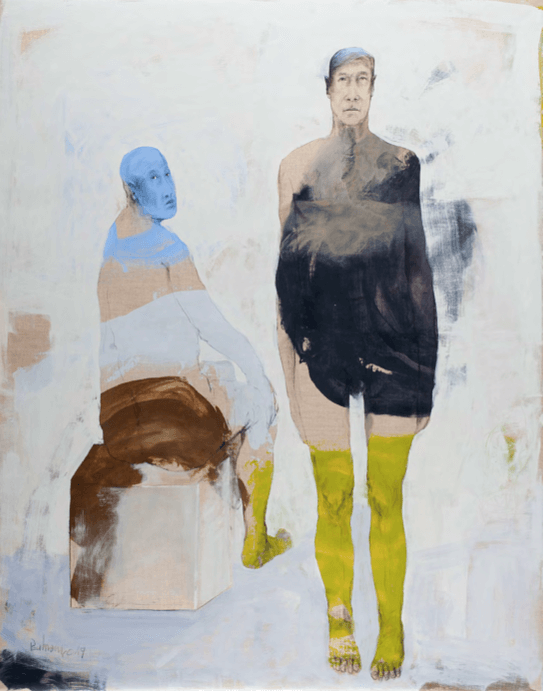
O.T
2019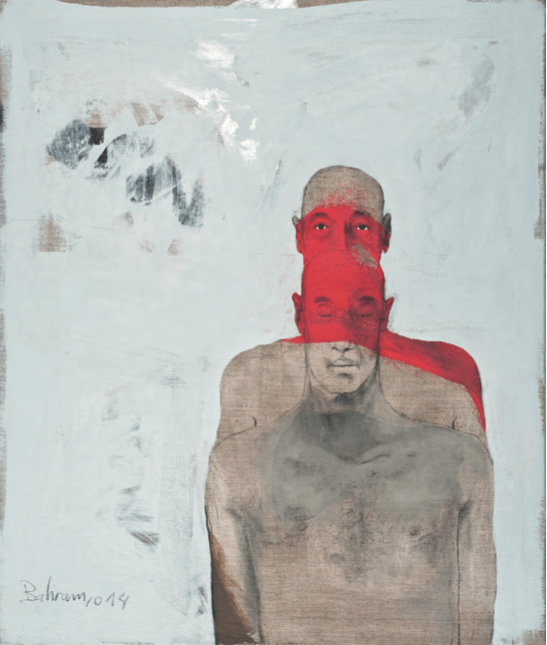
O.T
2014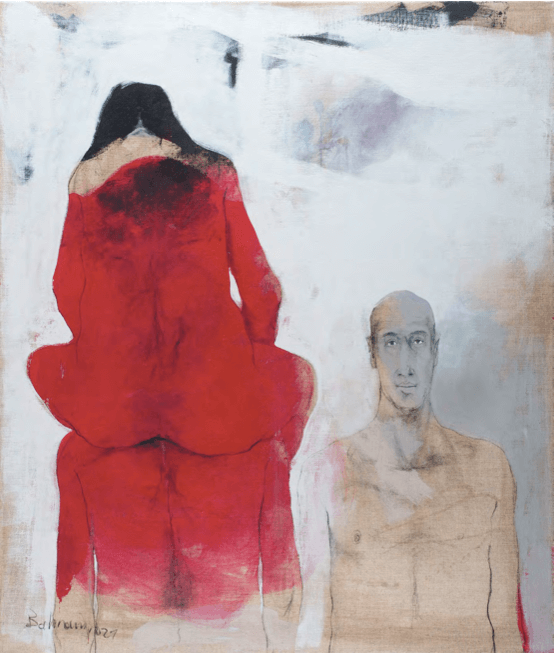
O.T
2021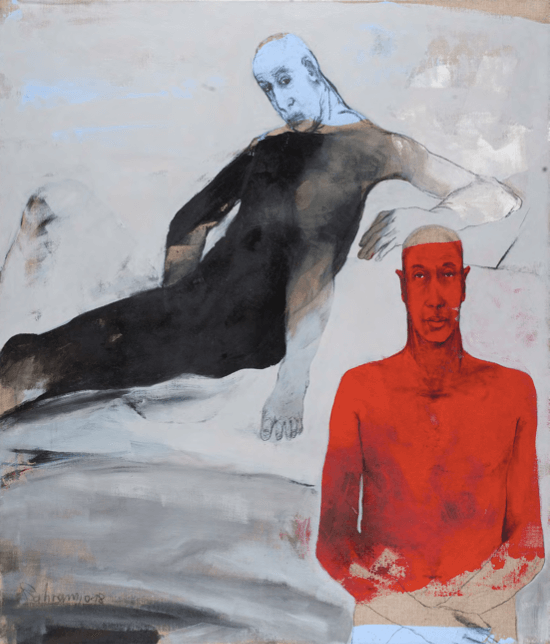
O.T
2018